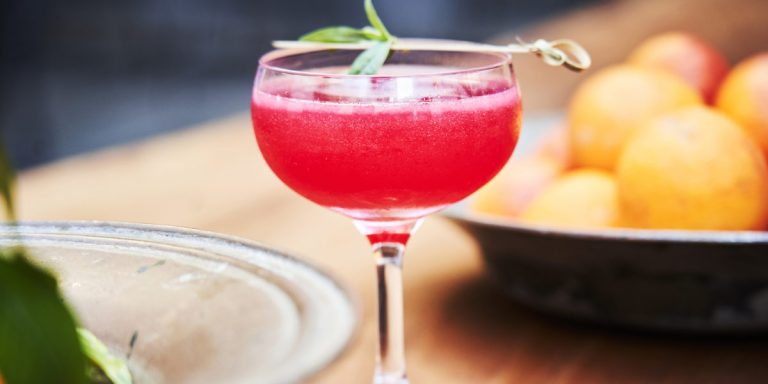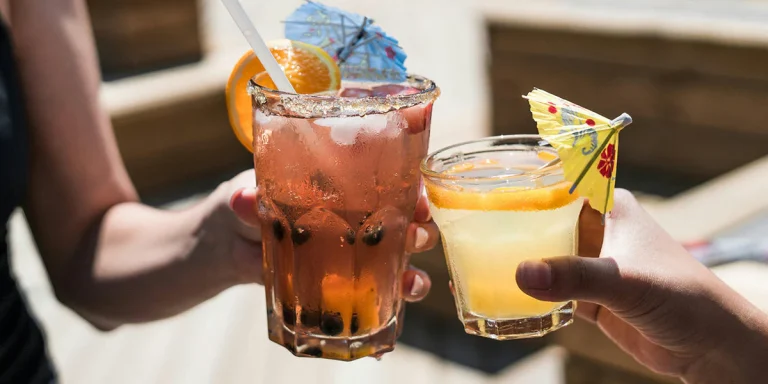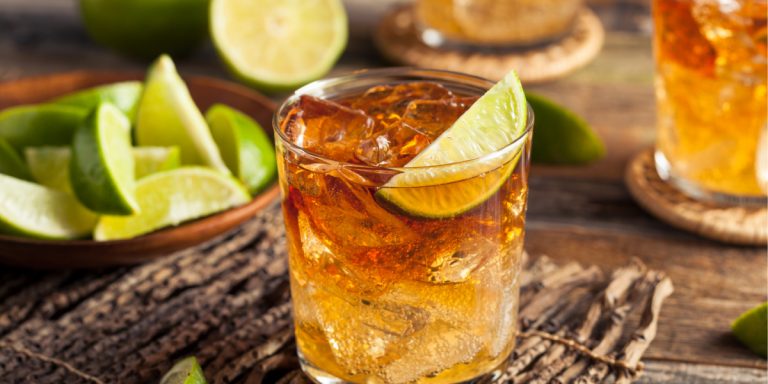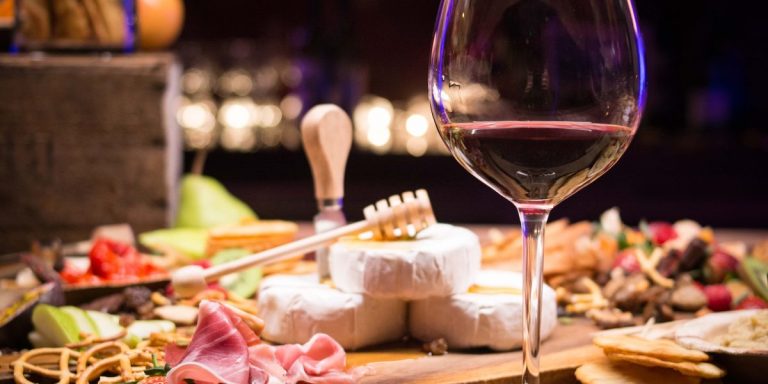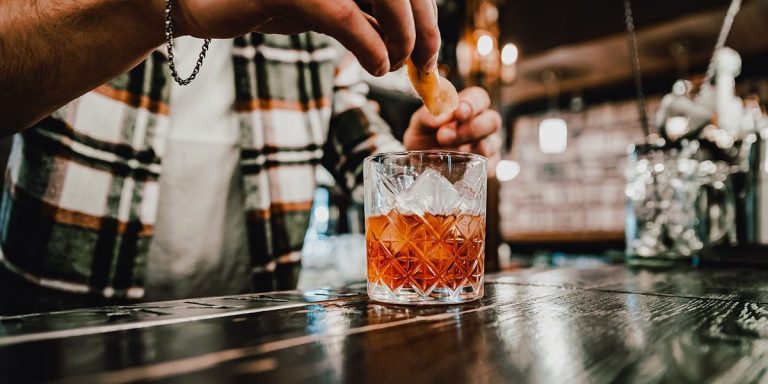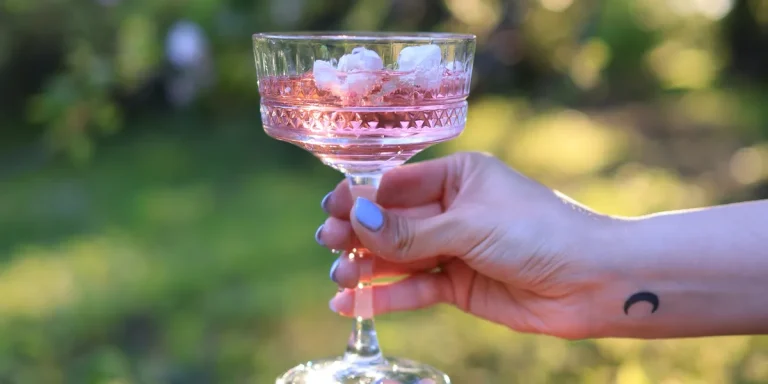Ice Matters: The Science of Chill in Mixology
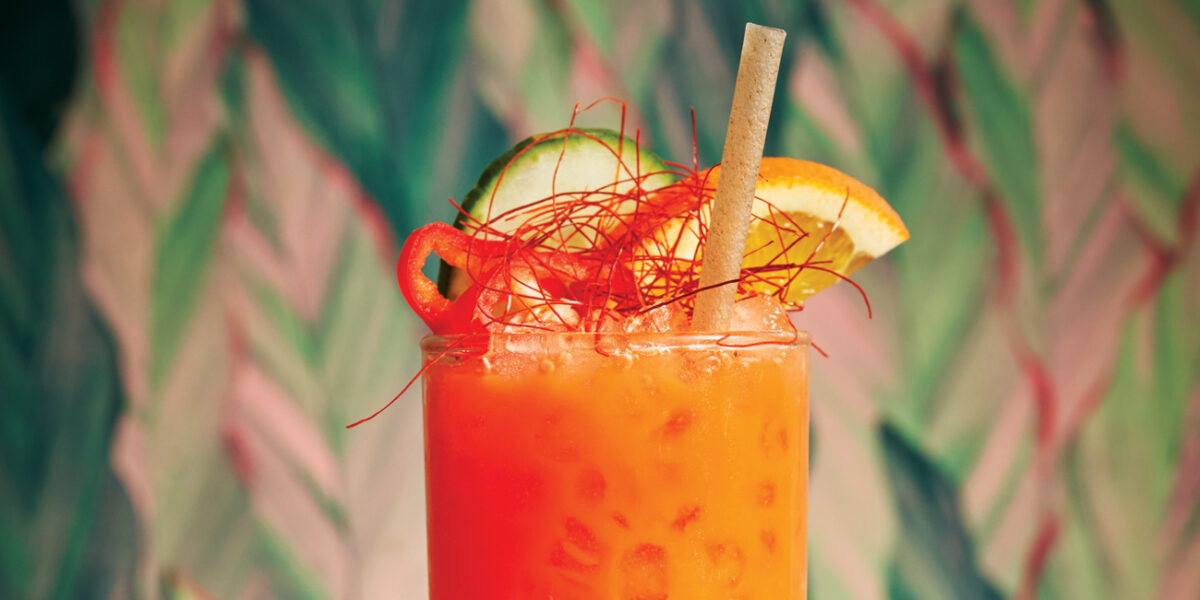
Most people think of ice as nothing more than frozen water that keeps a drink cold, but I have come to see it as the hidden star of mixology. Every cube, shard, or sphere of ice can dramatically alter the way a cocktail tastes, smells, and even feels as it hits the palate. Ice doesn’t just chill liquid; it transforms it, acting as both an ingredient and a tool that bartenders rely on as much as spirits or mixers. Once I started paying closer attention to ice, I realized how much thought and craft goes into something that usually seems so simple.
Why Ice Is More Than Just Frozen Water
I never gave much thought to ice until I started mixing cocktails with more intention. I noticed how one drink could taste crisp and perfectly balanced while another of the exact same recipe felt watered down or harsh. The difference wasn’t the gin or the vermouth it was the ice. Ice interacts with a cocktail on multiple levels: it dilutes, chills, and aerates. The temperature of a drink influences flavor perception, while the right amount of dilution softens harsh notes and creates harmony. Ice has a direct impact on texture too, affecting how smoothly a liquid glides over the tongue.
When I began to experiment with different types of ice, I discovered how each shape and size had its own role. A dense block melted slowly and preserved the integrity of spirit-forward drinks. Crushed ice, on the other hand, quickly diluted strong flavors, creating refreshing balance in tropical cocktails. It became clear that ice was far from neutral it was an active player in every recipe.
The Role of Temperature in Flavor
Cold temperatures suppress sweetness and bitterness, which can be both a blessing and a challenge. A drink served too warm can taste overly sharp, while one served too cold can mute delicate botanical notes. I found that the sweet spot comes when ice cools the drink just enough to smooth rough edges without stripping it of character. That balance is why bartenders often stir spirit-forward cocktails and shake citrus-based ones. The method controls how much ice interacts with the liquid and how the flavors settle.
Ice also helps lock in aromatics. The colder a drink is, the slower aromatic compounds evaporate, meaning the nose of a cocktail lingers longer. But if it’s too cold, some of those aromas struggle to surface, muting the very character that makes a cocktail memorable. This constant tension between chilling and muting is what makes ice management such an art.
Shapes That Change the Game
I used to think ice cubes were all the same, but once I started noticing the differences, I couldn’t go back. Large clear cubes, spheres, crushed ice, pebbles, cracked ice, and shaved ice each serve their own purpose. A sphere might look dramatic in a glass of whiskey, but its design has a practical advantage too it has less surface area relative to its volume, which means slower melting and minimal dilution. Crushed ice, with its massive surface area, is the opposite. It melts quickly, which is perfect for tiki drinks that benefit from steady dilution as you sip.
Bars with serious cocktail programs often invest in machines or molds that produce consistent ice shapes. At home, I started experimenting with silicone molds and even making clear ice using directional freezing methods. The process fascinated me because it combined science with aesthetics. Clear ice not only looks stunning but also melts more predictably since it doesn’t contain cloudy air bubbles that make ice weak.
The Science of Dilution
Dilution gets a bad reputation because it sounds like watering down a drink, but I found out it’s one of the most crucial roles of ice. The right dilution softens alcohol burn, balances acidity, and brings sweetness into alignment. A Manhattan without dilution can taste fiery and sharp, while one with just the right amount becomes velvety and approachable.
The trick is timing. Stirring with ice allows controlled dilution because the contact is steady and the ice melts at a predictable rate. Shaking, on the other hand, produces rapid chilling and faster dilution along with aeration, which creates texture. That’s why a shaken daiquiri feels lively with frothy edges while a stirred martini feels silky and smooth. Each style of cocktail requires its own dance with ice.
Cracking the Mystery of Clear Ice
The first time I made clear ice, I felt like I had unlocked a new level of cocktail craft. Regular ice from my freezer always turned out cloudy, filled with trapped air and minerals. Clear ice, though, looked like glass, and it stayed solid much longer in a drink. I learned that the cloudiness comes from the way water freezes. Normal freezing traps impurities and air pockets, while directional freezing forcing water to freeze from one direction while pushing air out creates a crystal-clear result.
Making clear ice at home took patience. I used an insulated cooler, filled it with filtered water, and let it freeze slowly from the top down. After trimming away the cloudy bottom, I was left with pristine blocks that looked like something from a professional bar. Clear ice didn’t just elevate presentation; it also influenced taste. Because it melted more slowly, drinks held their balance longer, giving me time to sip without worrying about flavors becoming watered down too quickly.
How Ice Impacts Texture
I never realized how much texture mattered in cocktails until I compared shaken and stirred drinks side by side. Shaking introduces tiny bubbles that make a drink feel lighter and frothier, especially when citrus or egg whites are involved. Stirring, by contrast, keeps the liquid dense and silky. Ice determines how those textures form by controlling how much air gets incorporated and how much water integrates with the alcohol.
Even within stirred drinks, the texture changes depending on ice. Using larger, colder cubes gives a slower, smoother dilution, while smaller cubes melt faster and create a slightly thinner mouthfeel. Paying attention to these subtleties helped me understand why the same cocktail could taste so different from one bar to another.
Crushed Ice and Its Hidden Power
Crushed ice quickly became one of my favorite tools because of how dynamic it is. At first, I associated it only with summer drinks, but I realized its uses extended far beyond tiki cocktails. Its rapid melting rate allows cocktails to evolve as you sip, starting strong and slowly softening. That transformation makes each stage of the drink unique.
The tactile experience of crushed ice also matters. It chills a glass instantly, creating a frosty sensation that enhances refreshment. Drinks served over crushed ice almost demand to be consumed more casually, making them feel fun and approachable. When I pour a mint julep over a mountain of crushed ice, the flavors weave with the dilution in a way that makes the drink both dynamic and endlessly drinkable.
The Importance of Ice Storage
After spending so much time perfecting my ice, I realized storage mattered just as much as production. Ice easily absorbs odors from a freezer, which can ruin a carefully crafted drink. I started keeping my cocktail ice in airtight bags or dedicated containers to prevent unwanted flavors. Freshness counts too old ice can develop a stale taste that dulls a cocktail.
Temperature consistency plays a role as well. If ice melts and refreezes, it can develop cracks that make it melt unpredictably in drinks. Maintaining quality ice requires as much care as keeping good spirits on the shelf.
Ice as a Presentation Element
Cocktails appeal to the eyes as much as the palate, and ice often makes the first impression. A perfectly clear cube in an old fashioned, a glowing sphere in a rocks glass, or a tall Collins glass packed with slender rods of ice all signal intention and craft. I realized presentation wasn’t just about vanity it set the stage for how people experienced the drink. Ice communicates texture, temperature, and attention to detail before the first sip.
I found that guests often commented more on the ice than the spirits themselves. A glass with a massive clear cube feels luxurious and deliberate. Crushed ice spilling over the rim feels festive and energetic. Pebble ice in a highball sends a casual, refreshing message. The form of ice guides expectations as much as the glassware or garnish.
My Journey With Ice in Mixology
The deeper I explored ice, the more respect I gained for bartenders who treat it as seriously as spirits or syrups. It transformed the way I approach cocktails at home. No longer do I grab any random cube from the freezer and toss it into a shaker. I think about what the drink demands slow dilution, fast chilling, texture, or visual flair and then I select the right form of ice.
Ice became the invisible hand shaping my cocktails. It reminded me that small details, often overlooked, hold immense power in creating balance and beauty. What began as curiosity turned into a practice of paying closer attention to the role of temperature, dilution, and texture in every sip.
Conclusion
Ice matters far more than I ever realized. It’s the silent force that determines whether a cocktail feels harsh or smooth, refreshing or muddled, elegant or playful. Every cube carries a responsibility: to chill, to dilute, to enhance texture, and to elevate presentation. I now see ice as one of the most important ingredients in my bar arsenal, not just frozen water but a tool of precision and artistry.
Mixology is about balance, and ice is the unseen balance-keeper. With the right ice, flavors sing, aromas linger, and textures invite another sip. Without it, even the best spirits and mixers fall flat. For me, ice is no longer an afterthought it is the foundation of great cocktails, a crystal-clear reminder that details always matter.

